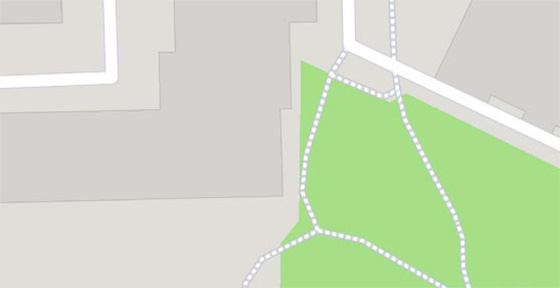St. Paul's Catacombs is currently Rabat's biggest tourist attraction. A network of underground corridors with niches for burials most probably arose around the 3rd century. They owe their name to their stay on the island in 60 St. Paul the Apostle, who spent three months in the grottoes of Rabat. He traveled to Rome, where he was to stand trial. About 2,000 were made available for sightseeing. m2 of underground rooms and corridors.
In the past, catacombs were a vast complex of tombs and places where the dead were bid farewell and remembered during anniversaries and holidays. This is evidenced by tables and benches carved into the rock. The catacombs existed long before Christians appeared on the island. The underground complex was probably looted during the Saracen rule.
After re-Christianization of Malta, the catacombs were briefly restored to sacred functions, and then fell into oblivion until the 19th century. In 1894, they were removed from rubble and made available for sightseeing thanks to the efforts of the Maltese archaeologist Antonio Annetto Caruan (1830-1905).
Attractions inside




